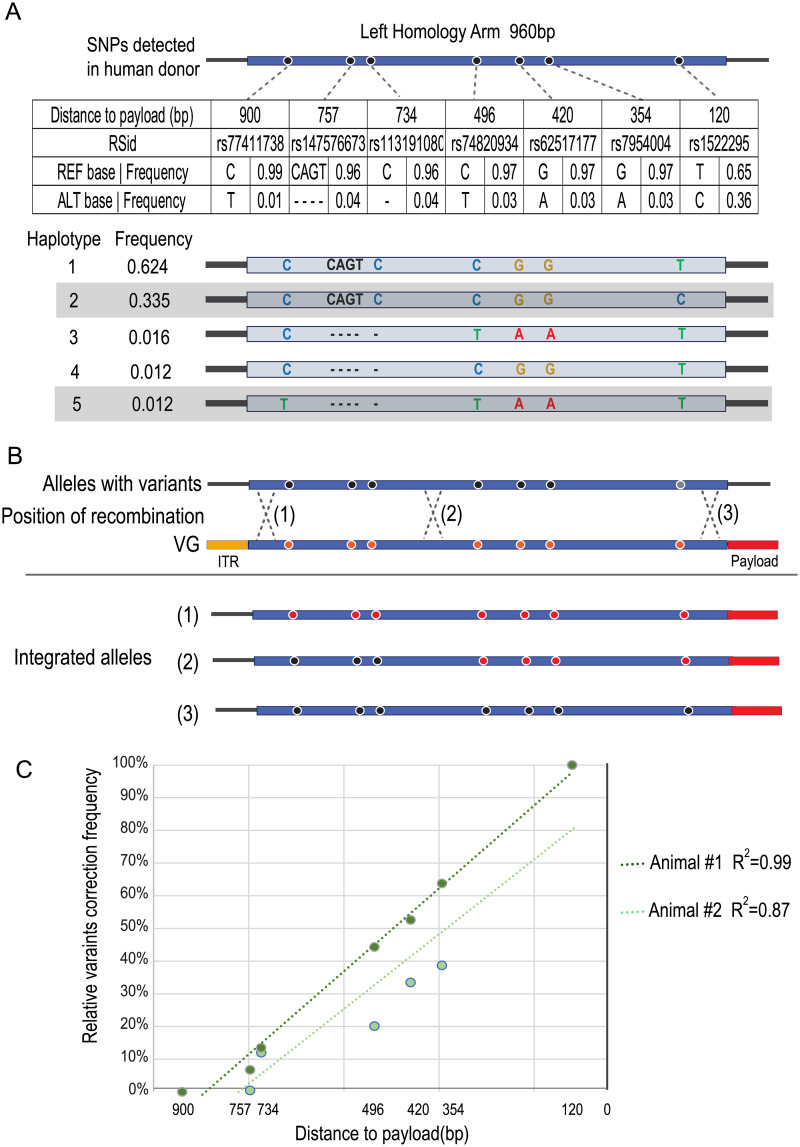Fig 4. Recombination frequency measured between variants.
A. 1000 Genomes haplotypes and frequencies for 7 common variants identified in the left homology arms. The 7 non-reference variants found in the LHA are shown by position, population frequency, and dbSNP number. The five most common haplotypes for this region in the 1000 genomes project are shown with the donor’s two haplotypes shaded. Distance to center indicates the distance to the first base of the payload. B. Illustration of recombination position and variant correction relationship. The variants in the WT, unmodified alleles, are colored in black. These positions in the vector genome are colored in red and are the same sequences as reference genome in hg38. Three scenarios are shown. (1) Recombination occurs at the extreme end of the left homology arm. The resulting integrated allele has all 7 variants “corrected” to the reference sequence by the left homology arm of the vector genome. (2) Recombination occurs in the middle of the arm. Variants toward the payload are corrected. (3) Recombination occurs between the payload and the most proximal variant and no variants are reversed. C. Variant correction frequency plotted against the distance on the left homology arm. A linear trend line is fitted to each sample. Previous work has shown an approximately linear relation between distance and degree of crossover/correction to reference.

